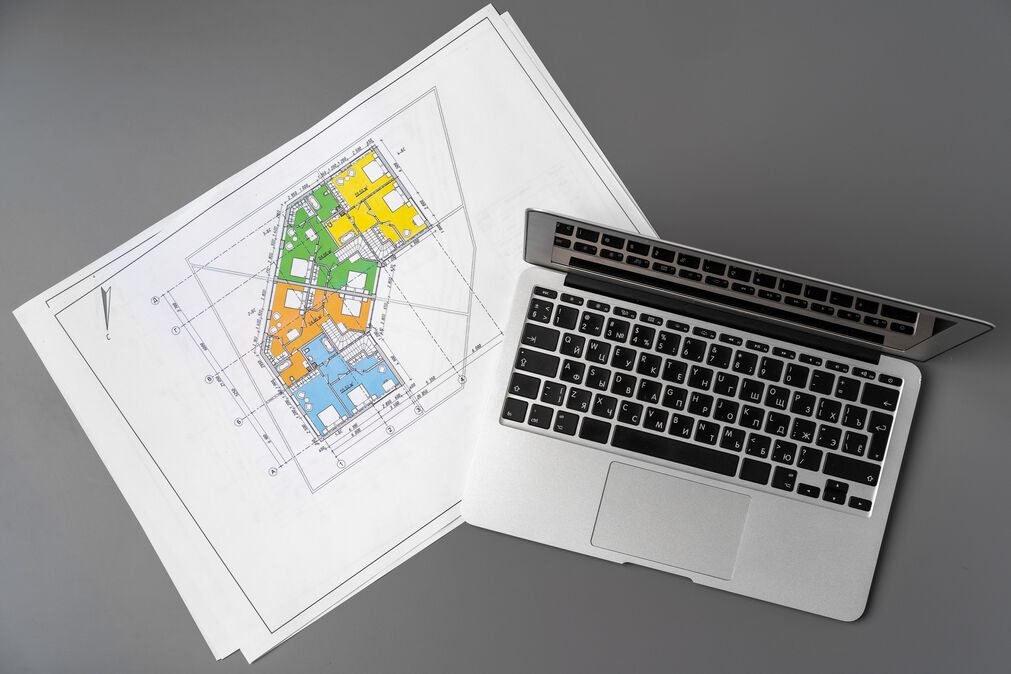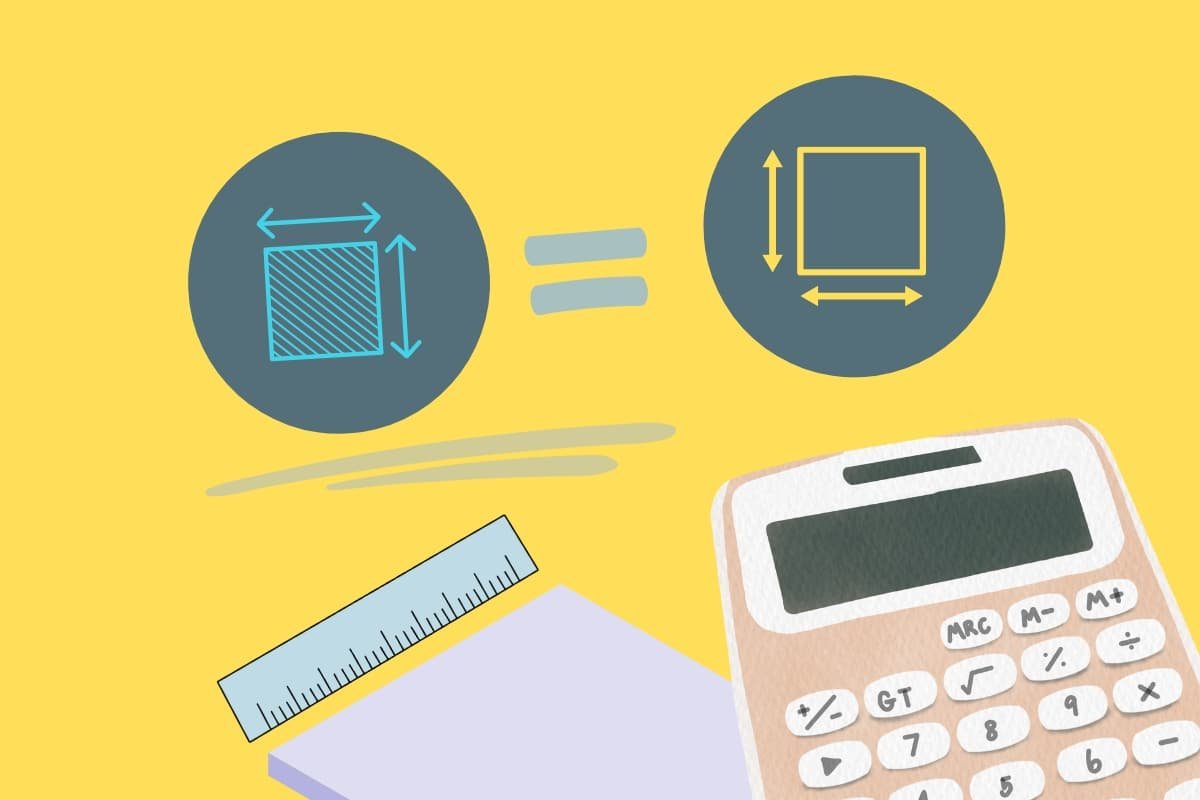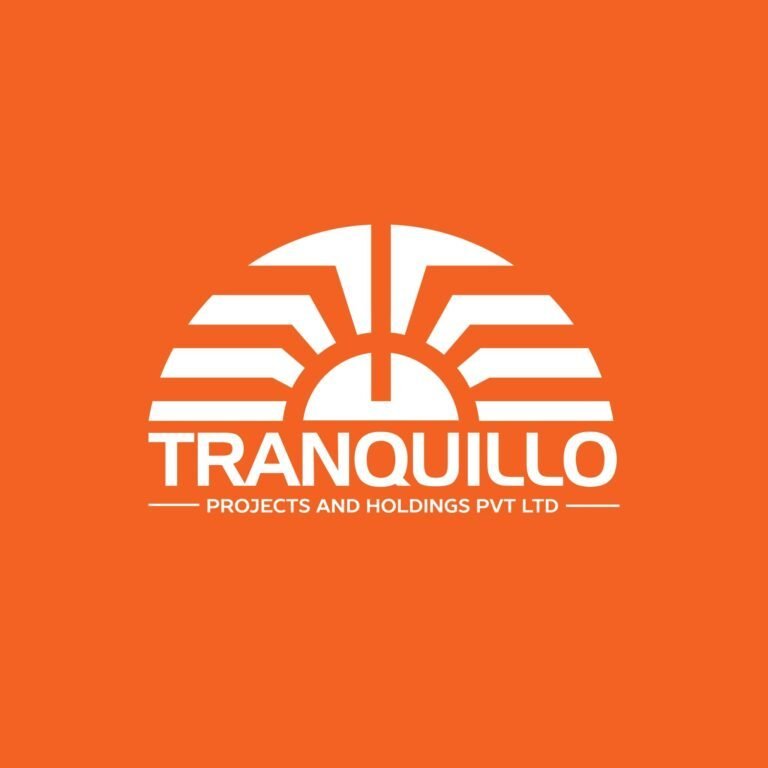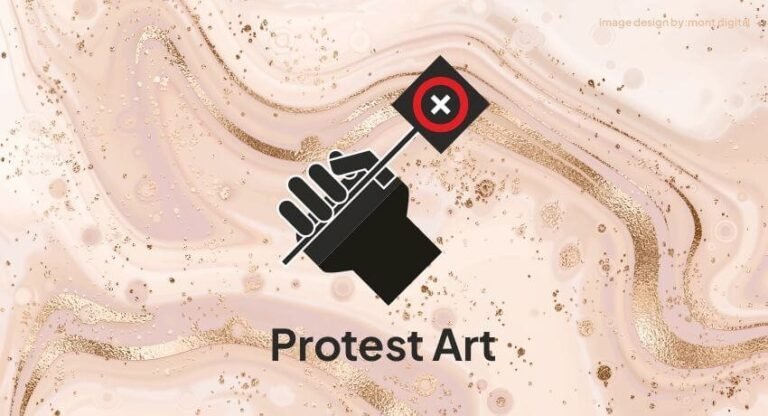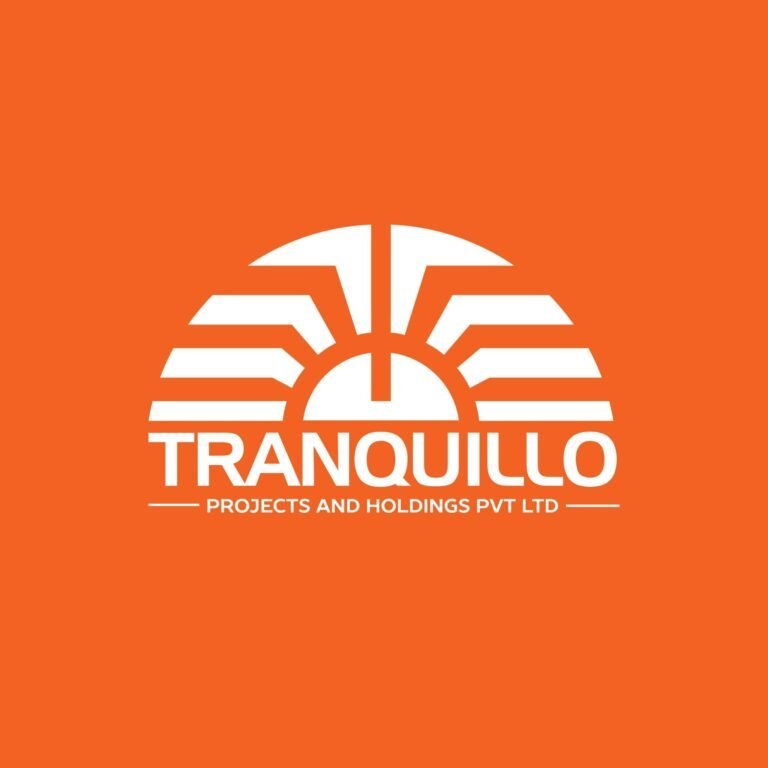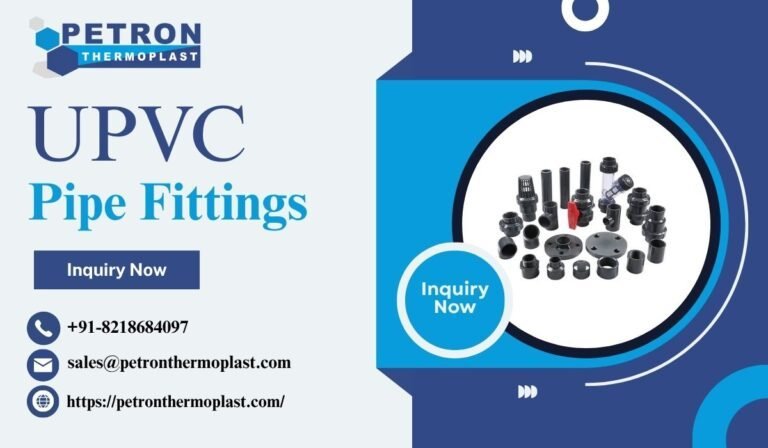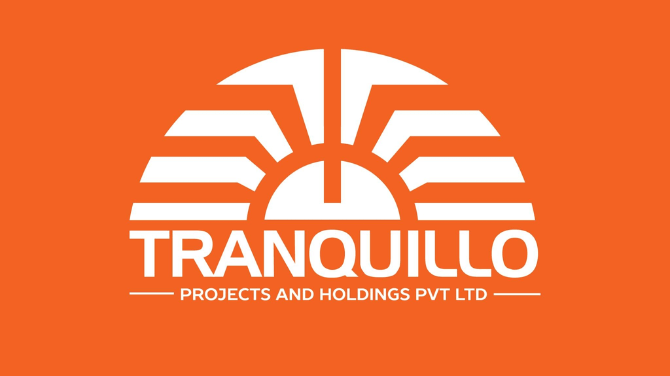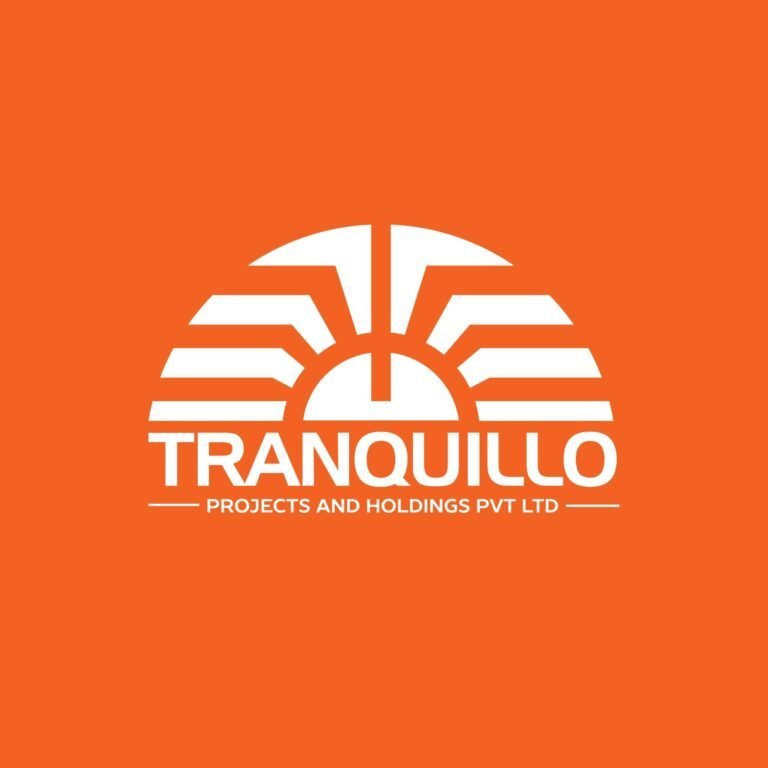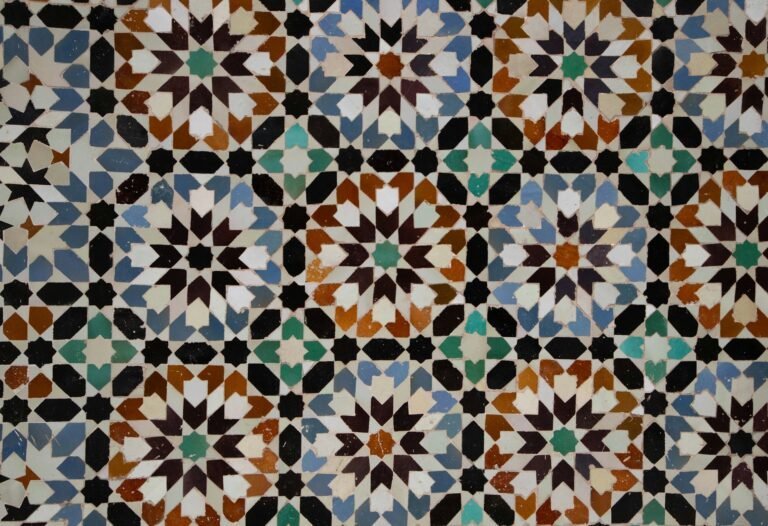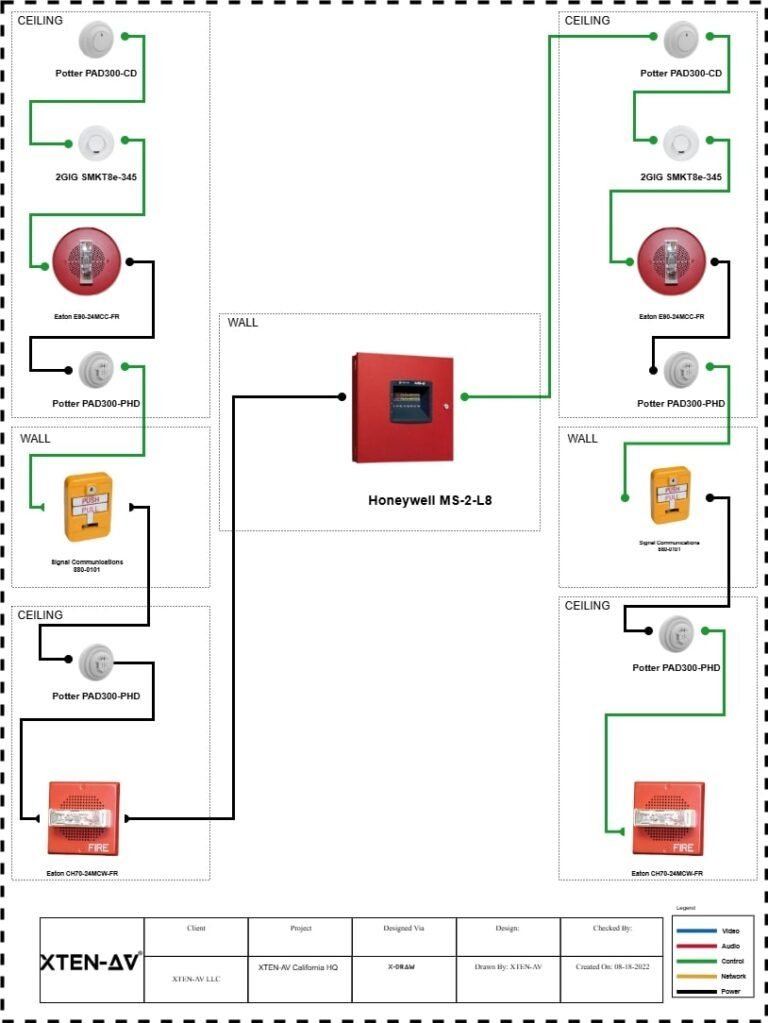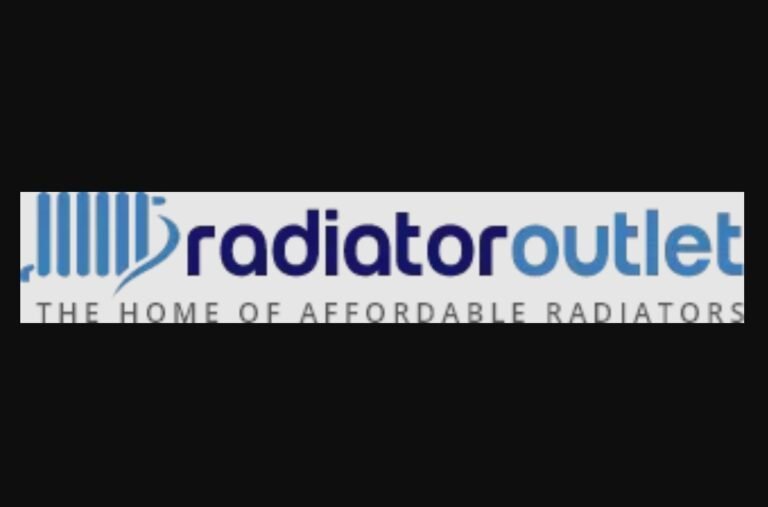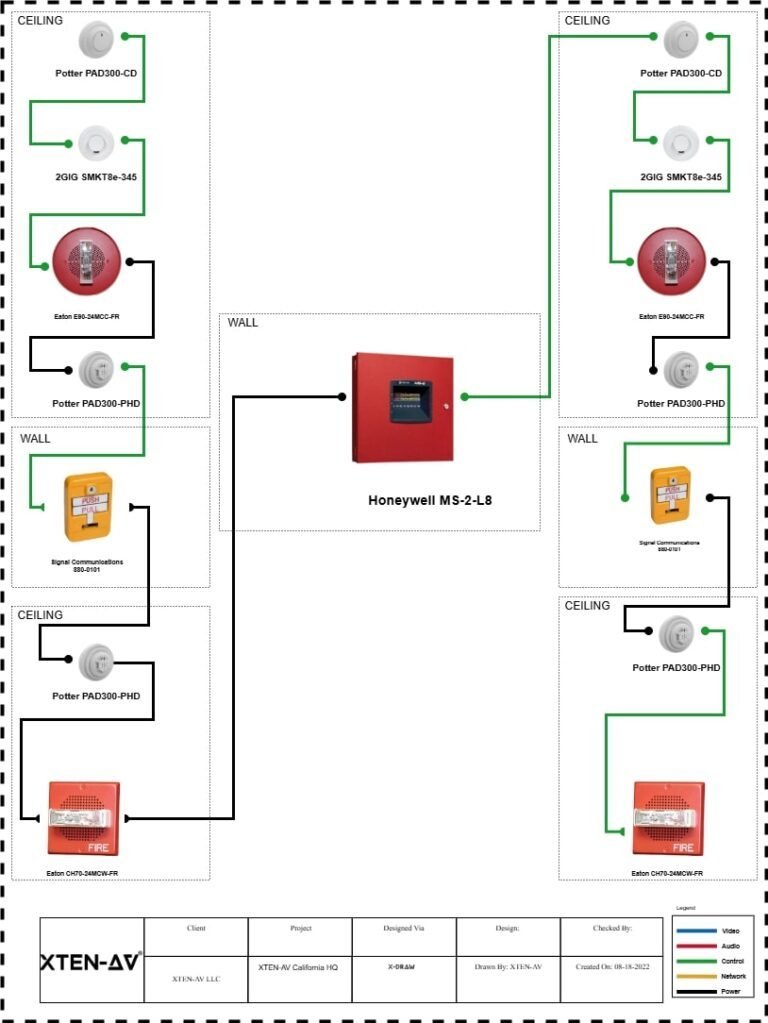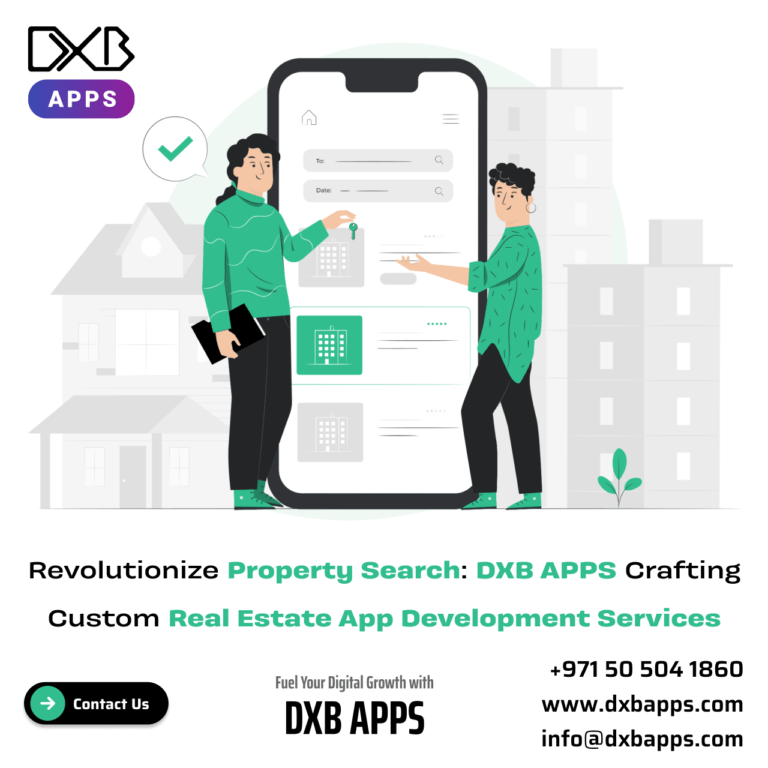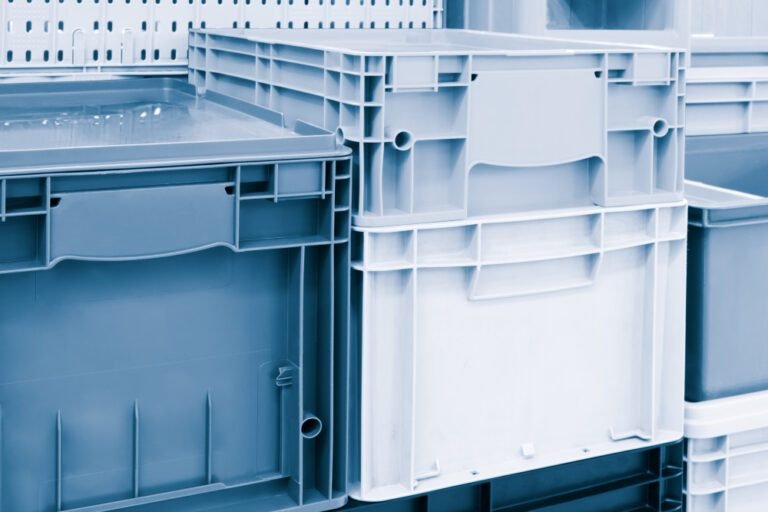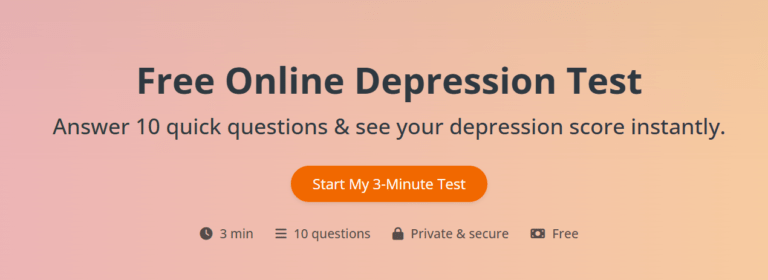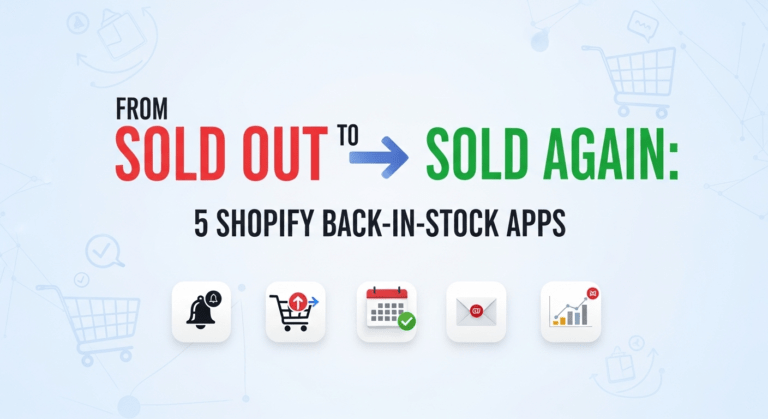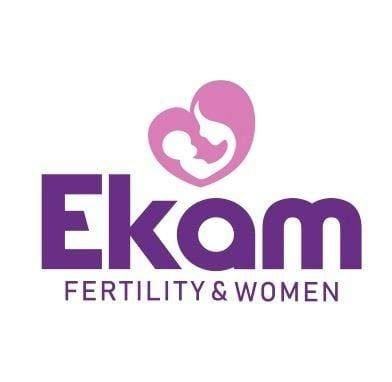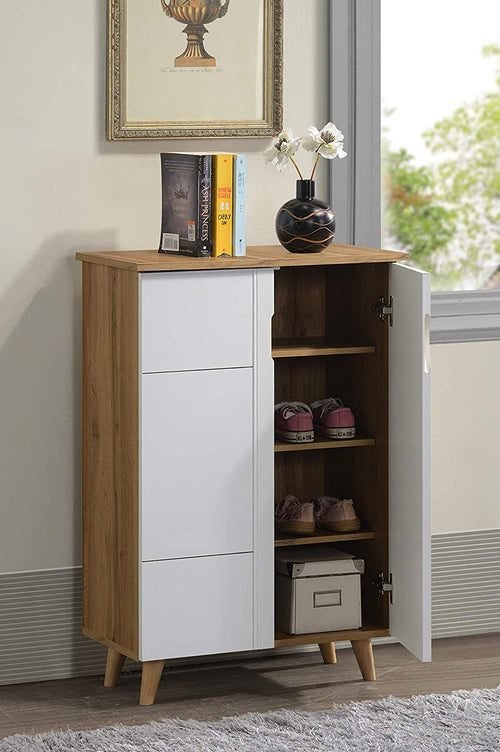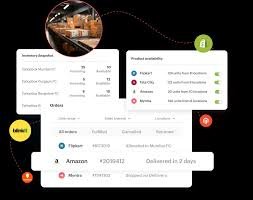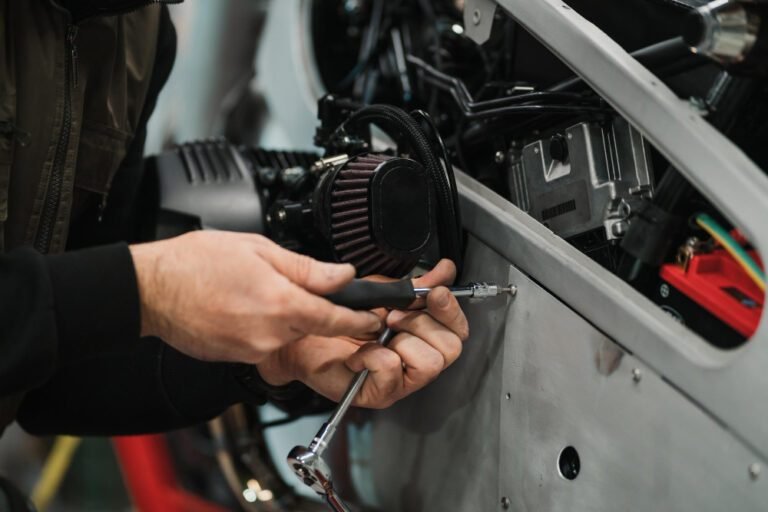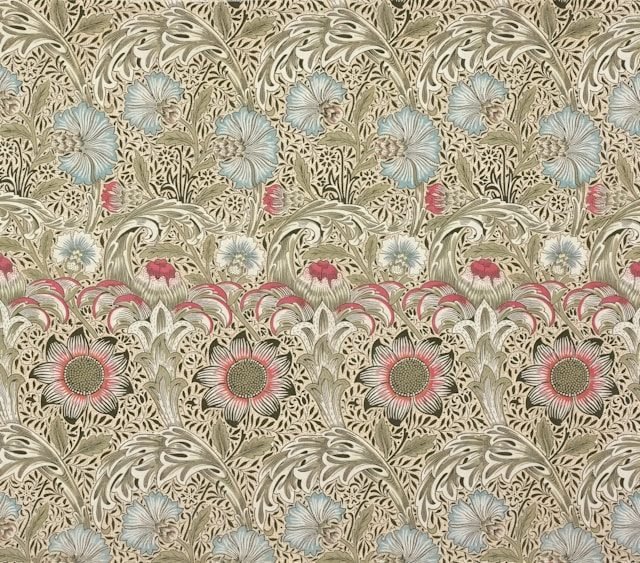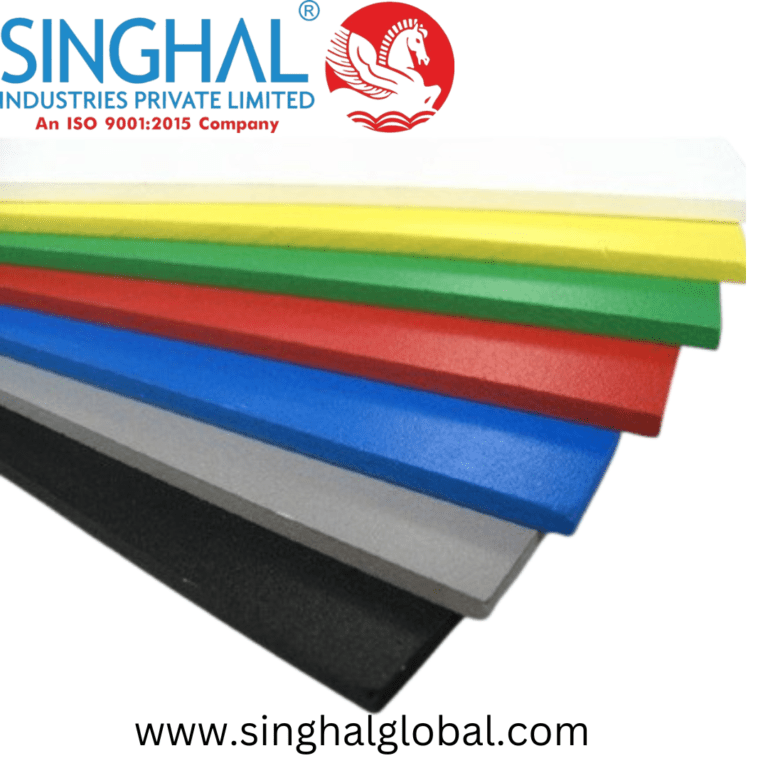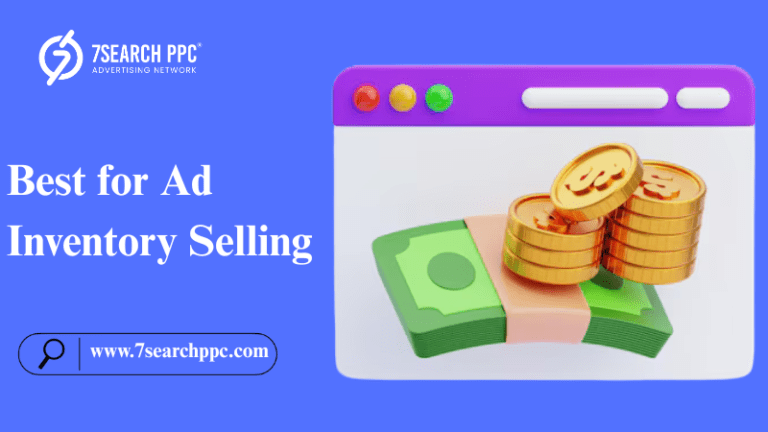Property maintenance is one of those things that can either keep your operation running like clockwork or slowly erode tenant satisfaction, eat into profits, and damage your brand. Whether you’re managing a few buildings or overseeing hundreds of units across states, the right tools make all the difference.
That’s where the Yardi property maintenance management system fits in.
This article covers:
What Yardi’s maintenance features include
How it works for residential, commercial, and mixed-use properties
Key benefits for owners, managers, and maintenance staff
Best practices for getting the most out of the system
Real-world use cases across the U.S.
What Is the Yardi Property Maintenance Management System?
Yardi, one of the leading names in property management software, includes robust maintenance management tools within its platform, particularly in Yardi Voyager and Yardi Breeze Premier.
This system allows property managers and maintenance teams to:
Receive and track work orders
Assign jobs to technicians or vendors
Monitor maintenance performance
Set up recurring service schedules
Communicate updates to tenants
Record materials and labor costs in real time
Everything is centralized, accessible from anywhere, and connected to the rest of your property management operations.
Why Maintenance Management Matters More Than Ever
In today’s market, tenants — whether they’re renters, commercial tenants, or retail operators — expect timely and professional responses when things break or need service. Delays, miscommunication, or inconsistent recordkeeping lead to:
Lower satisfaction scores
Increased turnover
Legal liabilities
Higher operating costs
A well-structured maintenance system isn’t just about fixing broken things. It’s about creating a better tenant experience, protecting asset value, and maintaining regulatory compliance.
Core Features of Yardi’s Maintenance Management Tools
Yardi’s maintenance functionality integrates tightly with other parts of the platform. Key features include:
Online Work Order Submission
Tenants and staff can submit service requests through online portals or mobile apps. These requests are instantly logged into the system with automatic routing.
Technician Assignment and Scheduling
Managers can assign work orders to in-house technicians or external vendors, set due dates, and track progress in real-time.
Mobile Access for Field Technicians
Using Yardi Mobile Maintenance, technicians receive assignments on their mobile devices, update job status, log materials used, and even attach photos from the field.
Recurring and Preventive Maintenance
Schedule preventive tasks like HVAC inspections or fire system checks ahead of time. Yardi automatically generates recurring work orders based on the schedule you set.
Cost and Time Tracking
Track labor hours, material usage, and vendor invoices for each work order. These costs can be rolled into your general ledger for seamless financial reporting.
Resident and Tenant Notifications
Automatic emails or text alerts keep tenants updated on their request status, reducing calls and frustration.
Integrated Asset Management
If you’re using Yardi’s broader asset management or inventory tracking features, you can link maintenance directly to equipment records and depreciation schedules.
Who Can Benefit from Using It?
Yardi’s maintenance system is used across many sectors in the U.S. real estate market:
Residential Property Managers
Apartment communities, HOAs, and SFR portfolios use Yardi to track maintenance across units, common areas, and amenities.
Commercial Building Operators
Office towers, industrial parks, and shopping centers benefit from recurring service tracking, vendor management, and tenant SLAs.
Affordable Housing Providers
For organizations subject to HUD or LIHTC requirements, Yardi helps document timely maintenance and compliance with health and safety standards.
Mixed-Use Developers
Operators managing residential over retail use Yardi to centralize all maintenance activity in one system, regardless of asset class.
Real-World Use Cases
Multifamily Portfolio in the Midwest
A property management company with over 5,000 residential units needed better visibility across their maintenance operations. After rolling out Yardi Maintenance, they reduced average work order resolution time by 48% in the first six months.
Commercial Office Operator in California
By using scheduled preventive maintenance features, the company was able to reduce emergency repair costs and HVAC downtime during peak summer months.
Senior Living Operator in Florida
In an environment where regulatory compliance is critical, Yardi helped staff keep detailed maintenance logs that satisfied both state inspections and insurance audits.
How It Integrates with Other Yardi Functions
One of Yardi’s biggest advantages is that its maintenance tools aren’t siloed — they’re built right into the rest of the platform. This means:
Maintenance costs flow directly into accounting and budgeting modules
Communication tools sync with tenant portals
Reports include operational, financial, and vendor performance data
Maintenance trends can inform CapEx planning and investment decisions
Instead of juggling spreadsheets, email threads, and third-party apps, everything happens in one connected system.
Tips for a Successful Rollout
Implementing Yardi Maintenance successfully isn’t difficult, but it does require a plan. Here’s how to make sure your team gets the most from it:
1. Customize Work Order Types
Create clear categories for HVAC, plumbing, appliances, general repairs, etc. This makes reporting and routing easier.
2. Train Staff and Technicians Thoroughly
Provide hands-on training for field techs using mobile apps. Make sure the office staff know how to generate, assign, and close work orders.
3. Set Response Time Benchmarks
Define what qualifies as urgent vs. non-urgent, and set goals for resolution times.
4. Use Preventive Maintenance to Get Ahead
Don’t wait for things to break. Schedule inspections and servicing for major systems before problems start.
5. Review Reports Monthly
Look at completion times, repeat issues, and vendor performance. These insights help you make smarter decisions long term.
How It Supports Compliance and Risk Management
Maintenance isn’t just about operations — it’s about liability and regulatory readiness.
Yardi’s system lets you:
Maintain complete records for inspections and repairs
Document responses to tenant safety issues
Create audit trails for insurance claims or HUD reviews
Take timely action during property incidents or emergencies
For companies managing affordable or senior housing, this level of documentation can be the difference between passing and failing an inspection.
Final Thoughts
The Yardi property maintenance management system isn’t just another software feature. It’s a tool that helps you reduce risk, cut operating costs, and improve the resident or tenant experience — all while protecting the value of your assets.
Whether you’re managing residential properties, commercial spaces, or a complex mix of both, having a centralized, integrated system to handle maintenance gives you the confidence that nothing’s slipping through the cracks.
In a competitive market where reputation and operational efficiency go hand-in-hand, that’s an edge you can’t afford to ignore.
